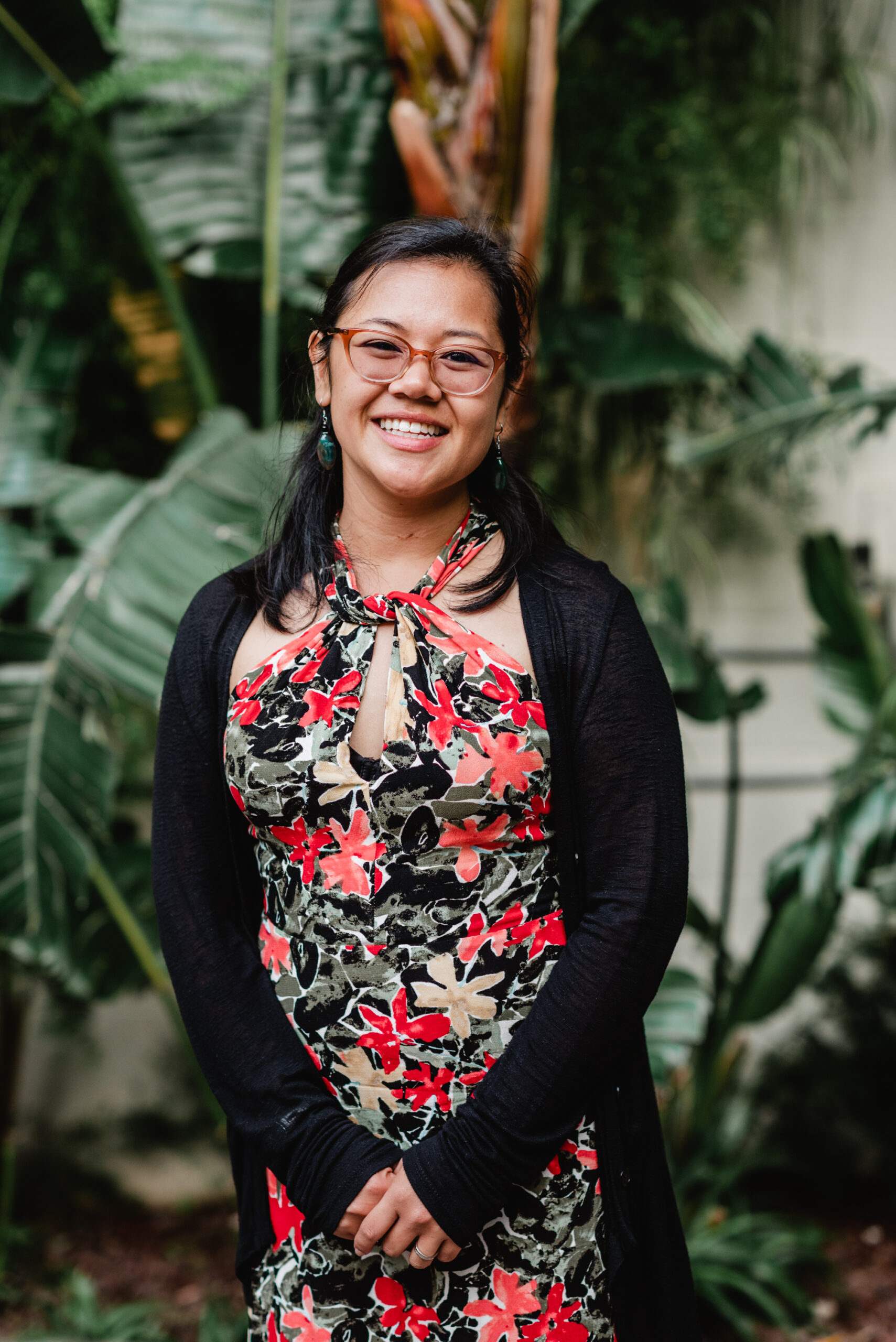April 13, 2021
How will students remember January 6th?
Meghann Seril •
Several months after the Capitol riot on January 6, 2021, it’s clear that this day will continue to live in our collective mindspace, but how will students remember it?
Like many citizens, I was saddened and angered by those events. As a teacher, I thought about how my students might be processing these events and how I would facilitate discussions with them in class. How would I explain the entitlement and anger of the rioters? How could I continue to build their belief in our political institutions?
These are tough questions to answer, but one answer is clear: we must have conversations about racial and social justice with our students no matter their age. To do this effectively we need support from our administrators and districts.
On the day after the riots, I was able to visit Little Rock Central High School National Historic Site in Arkansas, a focal point of the school desegregation crisis during the Civil Rights Movement. Watching video footage of angry White mobs outside of the school, examining artifacts from the Little Rock Nine, and reading testimony from parents and students, I was reminded that we aren’t so far removed from these events as we aspire to be. As January 6th demonstrated, we are not nearly as close to racial or social justice as we thought, even 60 years later.
As I drew a line from Little Rock to Washington D.C. I was reminded that “It’s about education.” Education can be dangerous when it is incomplete and sanitized, but it can also be empowering when students have the tools to truly be changemakers. It is my duty to guide my students through courageous conversations so we can break cycles of inequity and oppression. We need to keep building on the legacy and work of those who have preceded us.
On our first day back from break, I worked with my grade level team to plan lessons with our students. Our supportive administrators provided us with kid-friendly resources and encouraged us to have conversations with our students. Even then, some of our team members expressed anxiety and concern about their ability to answer students’ questions or address misconceptions. Though we may not have the perfect words or know all the answers, I reminded them that we cannot hesitate because our students are taking cues from us on how we respond in times of crisis.
Especially in this distance learning format, anxiety and concern about having courageous conversations with students is understandable. This reality is supported by the Voices from the Virtual Classroom report, a recent survey of Los Angeles educators, in which only 36% of teachers reported receiving guidance on race from school and district leadership and only 50% of teachers reported having staff discussions about how to address these issues with their classes. This is unacceptable if we want to fight against injustice. We are living through multiple crises and we must help our students understand and process what is happening around them.
To accomplish this endeavor, we need school and district leaders to prioritize work around racial and social justice. This means creating culturally affirming learning environments for students with all staff meaningfully participating in equity and cultural proficiency efforts. It is important that school and district administrators lead this work with staff as teachers are asked to lead this work with students.
With or without action from our school and district leaders, I’m still having conversations with my third graders about white supremacy and the insurrection in DC. I encourage all teachers to have these conversations with their classes.
Currently Reading
How will students remember January 6th?
